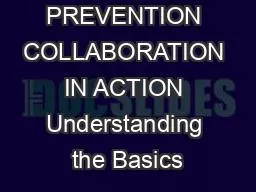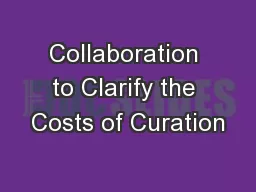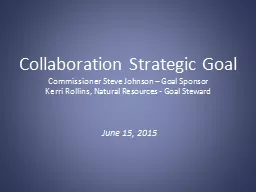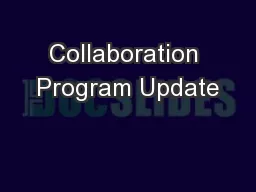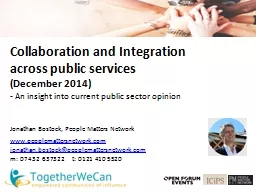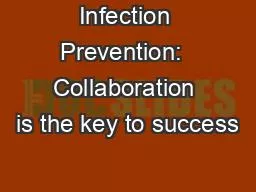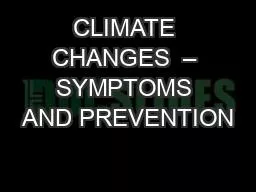PDF-PREVENTION COLLABORATION IN ACTION Understanding the Basics
Author : anderson | Published Date : 2021-10-07
Abuse and Administrations Center for the Application of Levels of Collaboration There are many different ways for stakeholders to work together Collaboration between
Presentation Embed Code
Download Presentation
Download Presentation The PPT/PDF document "PREVENTION COLLABORATION IN ACTION Under..." is the property of its rightful owner. Permission is granted to download and print the materials on this website for personal, non-commercial use only, and to display it on your personal computer provided you do not modify the materials and that you retain all copyright notices contained in the materials. By downloading content from our website, you accept the terms of this agreement.
PREVENTION COLLABORATION IN ACTION Understanding the Basics: Transcript
Download Rules Of Document
"PREVENTION COLLABORATION IN ACTION Understanding the Basics"The content belongs to its owner. You may download and print it for personal use, without modification, and keep all copyright notices. By downloading, you agree to these terms.
Related Documents

